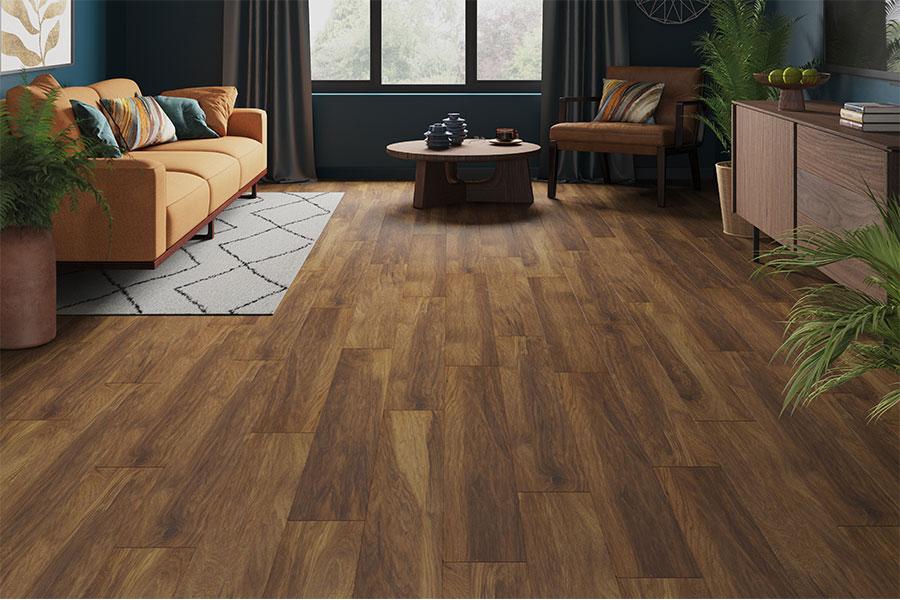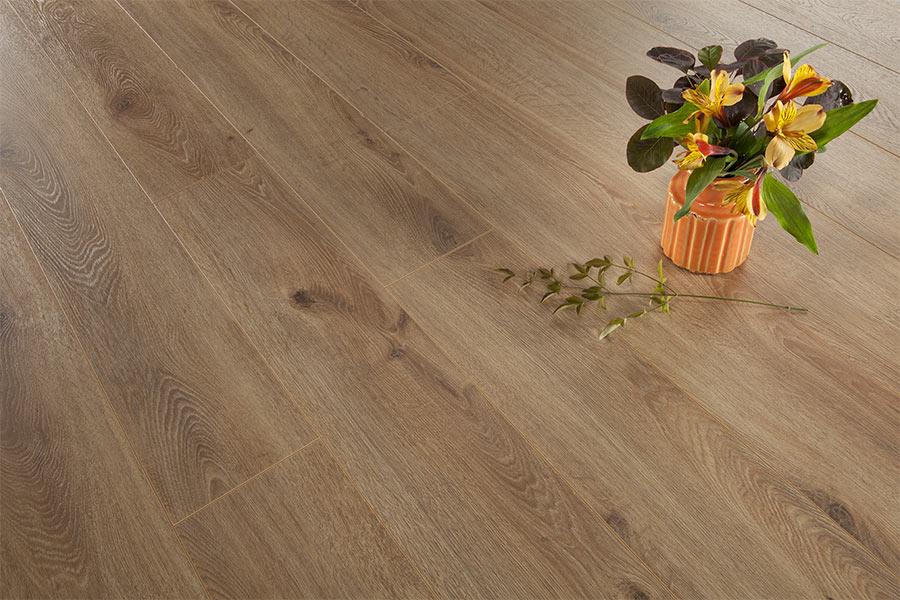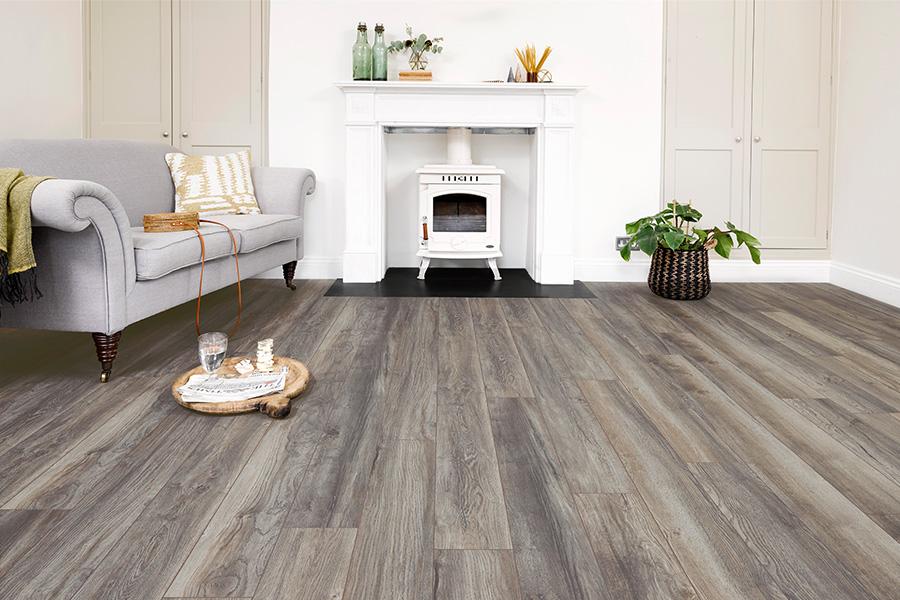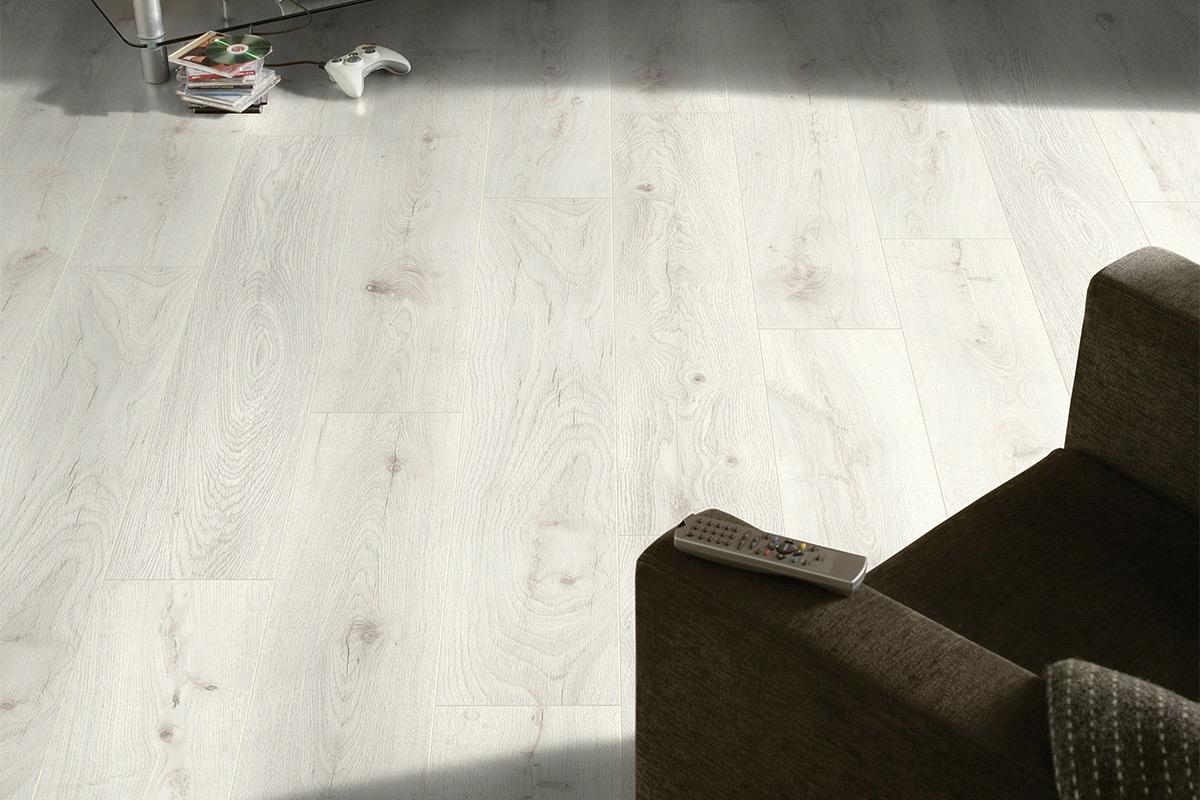Introduction
Some owners think that engineered wood flooring is not the same as solid 3/4 inch thick soil because they think it is cheaply made. In fact, like all consumer products, manufacturers make products with all value dimensions, each matching a certain value point in the market. At the cheaper end of the range are engineered wood flooring that are specially made to cater to a specific market segment. Buyers are sometimes tricked into believing these cheaper products are a bargain, but we can be swayed from that belief.
About the wear layer
When working with a standard 3/4 inch thick, durable floor, the wear layer (or durable) sandblasted is about 5/16 inch. If you sand a solid floor below this depth, you will start to expose the nails that were used to drive it in. So the most extreme wear thickness for a 3/4″ durable floor is 5/16 IN. A 3/4″ thick cover can be sanded and recoated about 5-7 times over the life of the floor. The average lifespan of 3/ A 4″ thick durable wood floor is about 100 years.
If you are looking for engineered wood flooring manufacturers, visit the BVG website now.
The wear layer thickness of engineered solid wood floors can vary greatly. The wear layers of an engineered floor can vary from 0.6-6 mm: for example, a solid wood floor with a wear layer of mostly 4 mm (5/32″) can be sanded and refinished 4-5 times during the life of the floor. . The average lifespan of a floor built with this 4mm wear layer is around 60-80 years.
What should you worry about?
Your concern should be to question this soil and match them to the cover as best you can. In the event that the area where the new engineered flooring is being installed sees a lot of heavy traffic with little to no attention and maintenance, you need a floor built with a thick wear layer that can be sanded and resurfaced. a later possibility that it should have been sometime. If the area is not treated intensively and properly maintained, you may not require such a thick wear layer. Quality floors are fully supportive and are commonly used in high traffic shopping centres.
Engineered wood floors are green.
Getting engineered wood floors saves expensive and valuable wood. For every 3/4-inch square foot of thick, strong wood flooring you produce, you can produce roughly several times more than an engineered wood floor. Engineered wood floors are the best deck to equip individuals to save the forest.
The best wood floors are made from 3-12 different layers of handles (see image below) that are layered crosswise, attached and compressed. The internal middle layers are generally developed from either hard wood and additionally a gently pressed wood type of material that joins the tab and an embedded mounting frame along the edges of the leaves. The upper thicker wear layer of the hardwood facade is attached and pushed to the upper surface of the central part. Parquet floors are available in almost every type of wood.
Advantages of using engineered wood floors include better protection against somewhat lower and higher humidity levels than solid wood floors, making them more attractive in cold basements or high areas. or lower relative humidity. In addition, the ready (dry) important parts of the designed deck (except the more modern Click Lock floor) can be immediately glued off above or below the plane or stapled on the wooden floor. Quality hardwood floors have the same resale value as 3/4″ durable hardwood floors when you decide to sell your home.
If you are also interested in laminate flooring, visit BVG.
Designed hardwood floors are displayed in a variety of sizes. from 3″ to 7″ wide and 3″ thick. /8″ – 3/4″ they are also available in many local and exciting hardwoods, and some are even available in the familiar hand-scratched styles. Some designed landmarks have a thin 0.6 mm wear layer that must be restored and cannot be sanded or repaired once damaged. Their average lifespan is 20-30 years, depending on traffic. Different brands or styles may have a thicker wear layer, 2-6mm thick, which can be sanded and repainted 1-5 times with the likelihood that it should be there at some point. These floors with a stickier wear layer are generally progressively more expensive, but can last 40-100 years or more before needing to be replaced.






